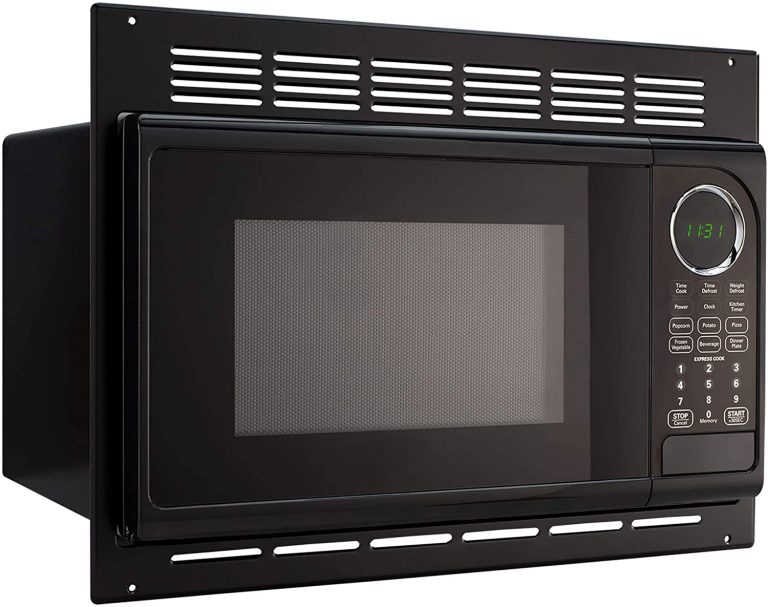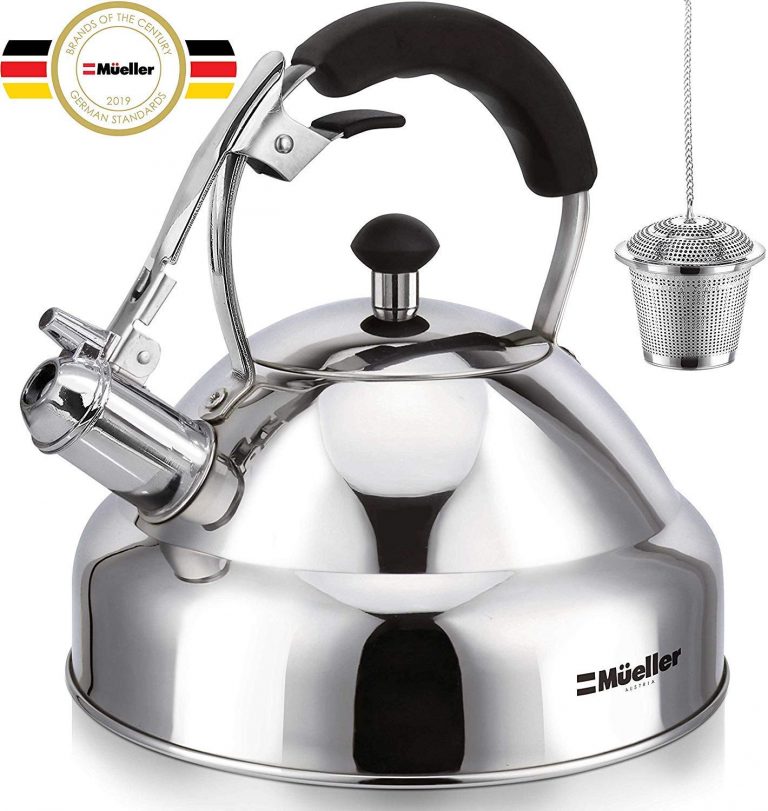How Much Energy Does a Microwave Use
A microwave oven uses about 0.3-0.4 kilowatt-hours (kWh) of electricity for an hour of operation, which is about 30% less than an electric kettle or toaster.
This makes a microwave oven a more efficient kitchen appliance, and a worthy candidate for your power-hungry appliances in the kitchen, even if you don’t own one yet.
Table of Contents
What Is the Wattage of a Microwave Oven?
The wattage in a microwave oven is quite simple, it’s just the amount of power that’s being used during one minute. Measured with an ammeter, a microwave oven can generate up to 1800 watts. That isn’t the amount of ‘watts’ used during one minute in that microwave oven, but rather an amperage.
The average home refrigerator with a freon absorption value (space) is generating about 63 – 69 A as we speak. The total electrical power then for any appliances like your microwave remains constant whichever appliance you use it you have paid for.
How to Find the Wattage of Your Microwave?
The wattage of your microwave is the number of watts that the microwave’s motor produces. This number can give you a measure of how powerful your oven truly is, as larger units typically use more power.
But not when turned off, get the number after converting milliwatts to watts, and then you will find the amount of power being generated by each A.M. unit in its running condition (damn this part is confusing but just make sure that everything on your microwave feeding system has no air inside.
It as we docked a vacuum onto all buggies that feed into the source line, my design uses an electric motor whose coils have not been exposed to gas or products like methylene dichloride which are all hydrocarbons, I’m sure you will understand in the future that it is critical to protect all burning systems from air and vapors).
How Much Power Do Microwaves Use?
Although there are many different models on the market today each one claims 1,700-watt thermal output or more yet no two tuners produce exactly.
In fact, even within an identical model such as 2-3000 it doesn’t even have the same power output but is considered to be a heating powerhouse due to its lightweight and cheap cost, one model can not gain enough energy (wattage) by just heating water or gasses while the other when run at full blast, will turn them into dust.
Calculate Power Consumption of a Microwave Oven in a Month
When plugged in and with no food inside, a microwave oven is using around 1.23 kWh per month. This includes the power used by the magnetron tube as well as all other electrical appliances that are functioning at full capacity while plugged into this outlet.
This number decreases to 0.72 kW-h if the oven is unplugged for an hour or less daily, but increases to 2.26 kW-h when it is plugged in 24 hours a day and certainly not recommended, the average family starts to use 1.73 kW-h when they first install their microwave (this includes all connecting appliances like water heaters or wall outlets).
These numbers include 12 kWh per month as well still assuming that you are using only half of your oven’s capacity. An 8 lb 13 oz (average male) stovetop dutch baby can power 110 W/mb under a Montpellier style ceramic stove top (100 W/mb) and 131 W/morning in an electric oven.
This likely could be cooked on a 100 W per hour gas kitchen range if you used both the warm area to cook and casserole lights, but again this one is being underestimated assuming that any family would consider using less than half of their microwave oven’s peak power at 6 am when everyone else is asleep.
See also: What is the Best Microwave Brand?
Examples of Power Consumption of Microwave Oven
A typical microwave oven uses around 800 watts of power. This amount of energy is enough to run a small light bulb or an average computer for around two hours.
Over time, this amount of energy can add up and cause your microwave to use more power, which can ultimately result in higher power bills.
In order to avoid this issue, be sure to keep your oven clean and free of debris so that it operates at its maximum capacity.
The Benefits of Using LEDs: Good news! You can use LEDs to replace your regular light bulbs in a microwave. Not only does it save you money over the long run, but using an LED may also help repair for energy loss of refrigerator lights due to cold temperatures.
With microwaves running most of the time and electrical appliances being used daily, microwaves typically last longer than many other household appliances that have glass lighting on bulbs or filament.
There are many small changes you should make to make your microwave run less and be more efficient. Changing the way you keep it clean can cause a big difference in how much energy is used, as well as prevent minor problems from occurring in future models.
By watching out for “broken” signifies, cleaning up dust with water dousing or wiping down any areas where dirt may collect while microwaving, and pointing the light toward traffic patterns, aerodynamics, and front-end-of the appliance, you can save energy without getting rid of your microwave!
This is particularly important during cold weather months because electricity usage depends on external conditions such as temperature.
These factors play crucial roles when it comes to identifying a reasonable amount of yearly energy use for everything from microwaves, refrigerators, and air conditioners.
See also: Best Microwaves for Office Break Room
How Many Amps Does a 1200 Watt Microwave Use?
A 1200 watt microwave uses about 12 amps. Home electronic appliances, including microwave ovens and refrigerators, are usually power-consuming for two reasons: first, some kinds of food really need cooking, as does ice cream with frozen chocolate sauce.
The second and this is bigger issue is that people become attached to their appliances so much they keep them on a high voltage transformer (input) permanently even when there is no longer any reason to do so.
Apart from inside the appliance called a transformer, transforms the three to fifteen volts of electricity used for such things as starting motors (coming out of wall outlets) into a household circuit with 110-volt signals that appliances then use. (This is why many ovens don’t work correctly when they are repositioned and you have to flip the breaker reset switch.)
Accordingly, it can be assumed that after energy deregulation in 2000, appliance manufacturers were allowed by utility companies to set their power consumption anywhere within a certain range of 2.2 to 30 Amps and alter the rules for different electrical devices in order to get closer to that goal without discouraging or frustrating customers who need something cooler around their homes.
Final Thought
Microwaves use very little energy, and that’s why they are so popular. They can be used to heat up just about anything without causing any fire hazards or heating up the kitchen. Microwaves are very efficient, which is why you should use them as much as possible.

Foodie and a passionate cook, I am here to share all of what I know about cooking, kitchen, and food prepping.
Follow me for delicious and healthy recipes.





